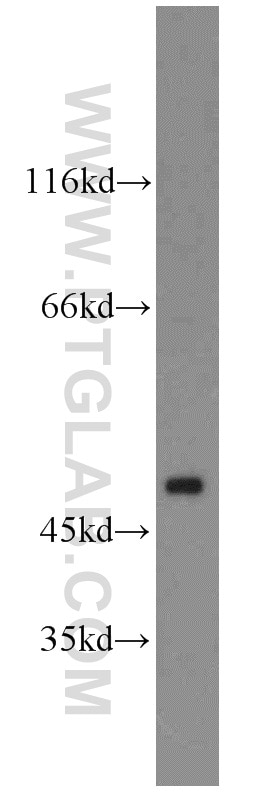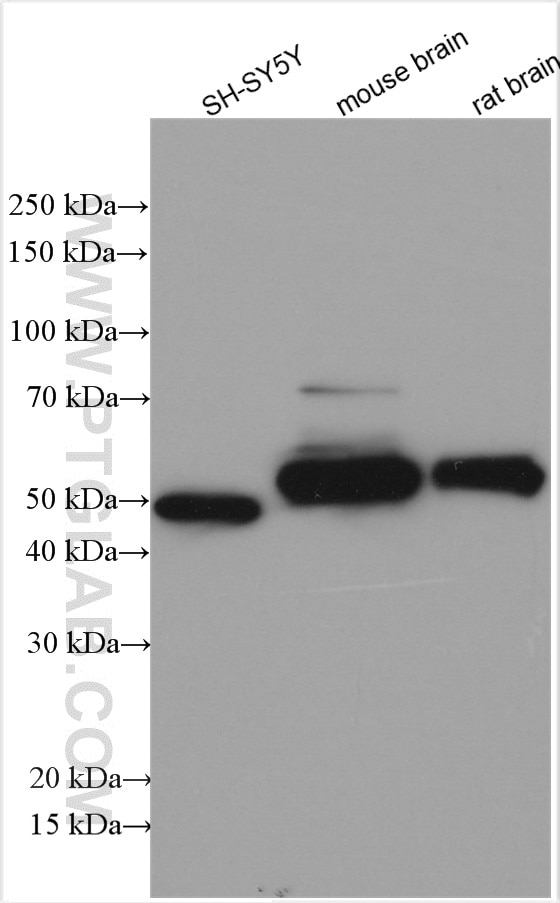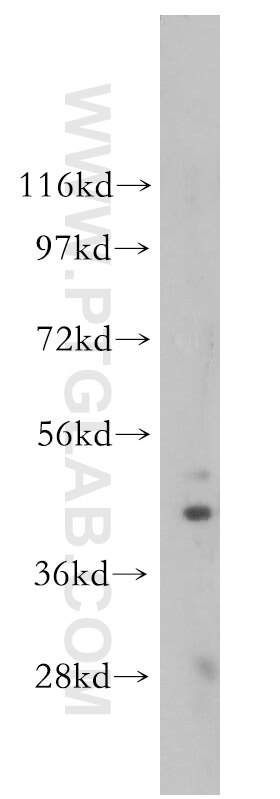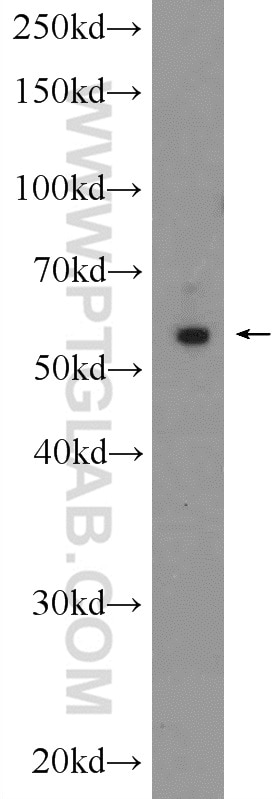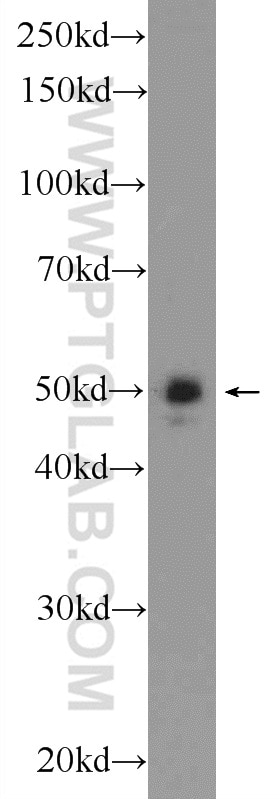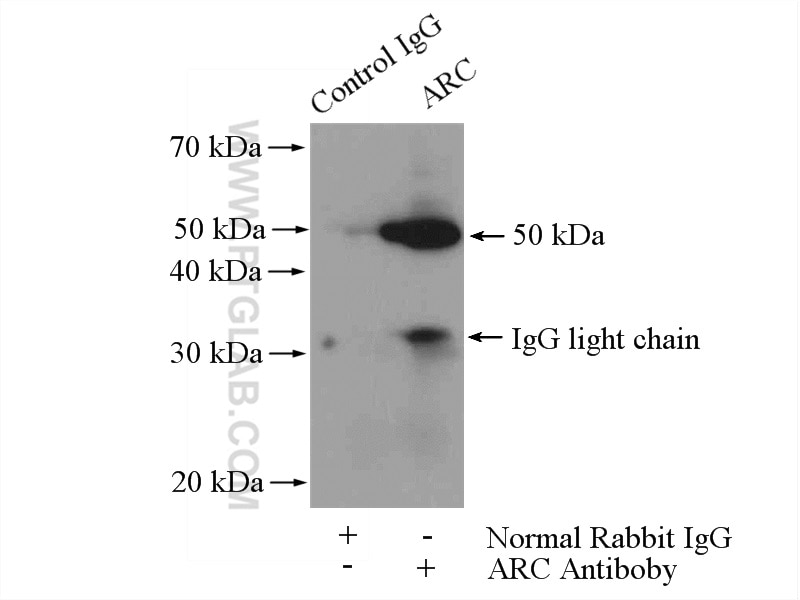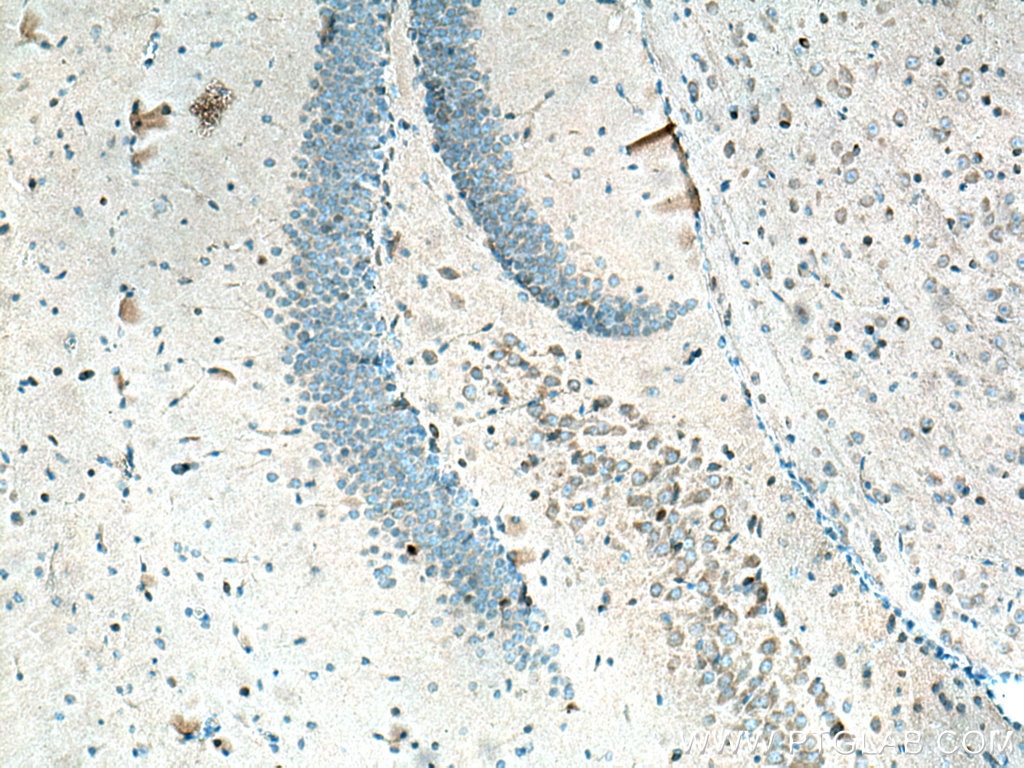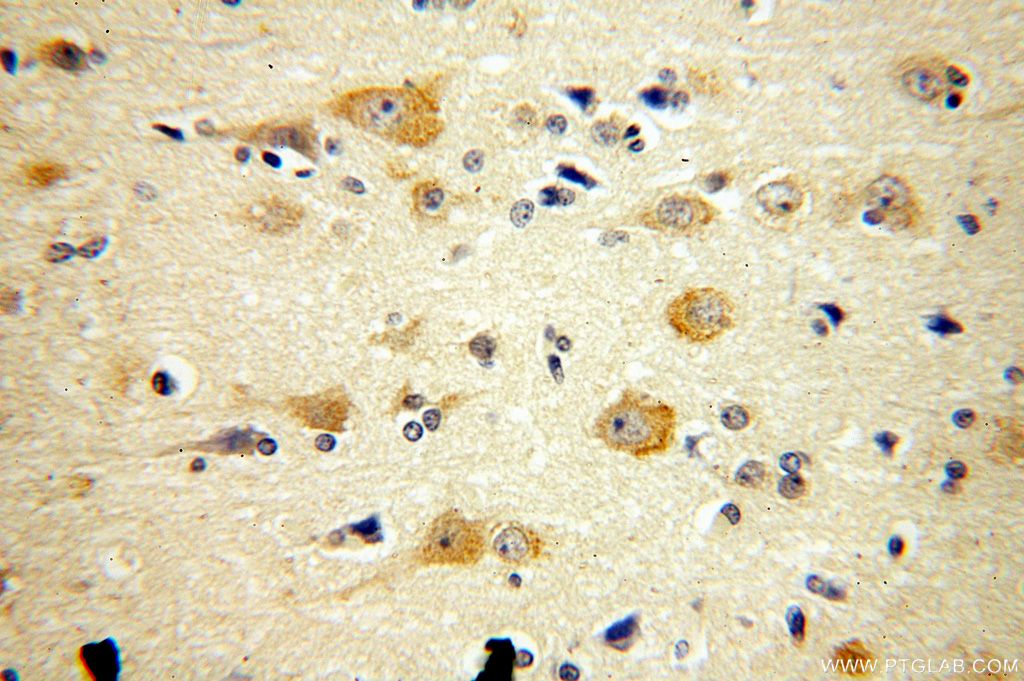Tested Applications
| Positive WB detected in | SH-SY5Y cells, mouse brain tissue, rat heart tissue, rat brain tissue |
| Positive IP detected in | mouse brain tissue |
| Positive IHC detected in | mouse brain tissue, human brain tissue Note: suggested antigen retrieval with TE buffer pH 9.0; (*) Alternatively, antigen retrieval may be performed with citrate buffer pH 6.0 |
| Positive IF-P detected in | mouse brain tissue |
| Positive IF-Fro detected in | rat brain tissue |
Recommended dilution
| Application | Dilution |
|---|---|
| Western Blot (WB) | WB : 1:500-1:2000 |
| Immunoprecipitation (IP) | IP : 0.5-4.0 ug for 1.0-3.0 mg of total protein lysate |
| Immunohistochemistry (IHC) | IHC : 1:50-1:500 |
| Immunofluorescence (IF)-P | IF-P : 1:50-1:500 |
| Immunofluorescence (IF)-FRO | IF-FRO : 1:200-1:800 |
| It is recommended that this reagent should be titrated in each testing system to obtain optimal results. | |
| Sample-dependent, Check data in validation data gallery. | |
Published Applications
| KD/KO | See 3 publications below |
| WB | See 22 publications below |
| IHC | See 7 publications below |
| IF | See 9 publications below |
| IP | See 1 publications below |
Product Information
16290-1-AP targets ARC/ARG3.1 in WB, IHC, IF-P, IF-Fro, IP, ELISA applications and shows reactivity with human, mouse, rat samples.
| Tested Reactivity | human, mouse, rat |
| Cited Reactivity | human, mouse, rat |
| Host / Isotype | Rabbit / IgG |
| Class | Polyclonal |
| Type | Antibody |
| Immunogen |
CatNo: Ag9445 Product name: Recombinant human ARC protein Source: e coli.-derived, PGEX-4T Tag: GST Domain: 1-396 aa of BC012321 Sequence: MELDHRTSGGLHAYPGPRGGQVAKPNVILQIGKCRAEMLEHVRRTHRHLLAEVSKQVERELKGLHRSVGKLESNLDGYVPTSDSQRWKKSIKACLCRCQETIANLERWVKREMHVWREVFYRLERWADRLESTGGKYPVGSESARHTVSVGVGGPESYCHEADGYDYTVSPYAITPPPAAGELPGQEPAEAQQYQPWVPGEDGQPSPGVDTQIFEDPREFLSHLEEYLRQVGGSEEYWLSQIQNHMNGPAKKWWEFKQGSVKNWVEFKKEFLQYSEGTLSREAIQRELDLPQKQGEPLDQFLWRKRDLYQTLYVDADEEEIIQYVVGTLQPKLKRFLRHPLPKTLEQLIQRGMEVQDDLEQAAEPAGPHLPVEDEAETLTPAPNSESVASDRTQPE Predict reactive species |
| Full Name | activity-regulated cytoskeleton-associated protein |
| Calculated Molecular Weight | 396 aa, 45 kDa |
| Observed Molecular Weight | 45-50 kDa |
| GenBank Accession Number | BC012321 |
| Gene Symbol | ARC |
| Gene ID (NCBI) | 23237 |
| RRID | AB_2151832 |
| Conjugate | Unconjugated |
| Form | Liquid |
| Purification Method | Antigen affinity purification |
| UNIPROT ID | Q7LC44 |
| Storage Buffer | PBS with 0.02% sodium azide and 50% glycerol, pH 7.3. |
| Storage Conditions | Store at -20°C. Stable for one year after shipment. Aliquoting is unnecessary for -20oC storage. 20ul sizes contain 0.1% BSA. |
Background Information
ARC, also named as KIAA0278 and Arg3.1, mediates endocytosis of neuronal AMPA-type glutamate receptors (AMPARs). It is required for consolidation of synaptic plasticity as well as formation of long-term memory. ARC plays a role in the regulation of cell morphology and cytoskeletal organization. It is required in the stress fiber dynamics and cell migration.
Protocols
| Product Specific Protocols | |
|---|---|
| IF protocol for ARC/ARG3.1 antibody 16290-1-AP | Download protocol |
| IHC protocol for ARC/ARG3.1 antibody 16290-1-AP | Download protocol |
| IP protocol for ARC/ARG3.1 antibody 16290-1-AP | Download protocol |
| WB protocol for ARC/ARG3.1 antibody 16290-1-AP | Download protocol |
| Standard Protocols | |
|---|---|
| Click here to view our Standard Protocols |
Publications
| Species | Application | Title |
|---|---|---|
Mol Cell PQBP1 promotes translational elongation and regulates hippocampal mGluR-LTD by suppressing eEF2 phosphorylation. | ||
Neuron Astrocytic ApoE reprograms neuronal cholesterol metabolism and histone-acetylation-mediated memory. | ||
Aging (Albany NY) EGB761 ameliorates chronic cerebral hypoperfusion-induced cognitive dysfunction and synaptic plasticity impairment. | ||
Aging (Albany NY) Repressor element-1 silencing transcription factor regulates glutamate receptors and immediate early genes to affect synaptic plasticity. | ||
Neurobiol Dis Prions induce an early Arc response and a subsequent reduction in mGluR5 in the hippocampus. | ||
Front Mol Neurosci Activity-Dependent Arc Expression and Homeostatic Synaptic Plasticity Are Altered in Neurons from a Mouse Model of Angelman Syndrome. |
Reviews
The reviews below have been submitted by verified Proteintech customers who received an incentive for providing their feedback.
FH Georgiana (Verified Customer) (01-04-2023) | For the image, magenta is Arc and cyan is GFAP
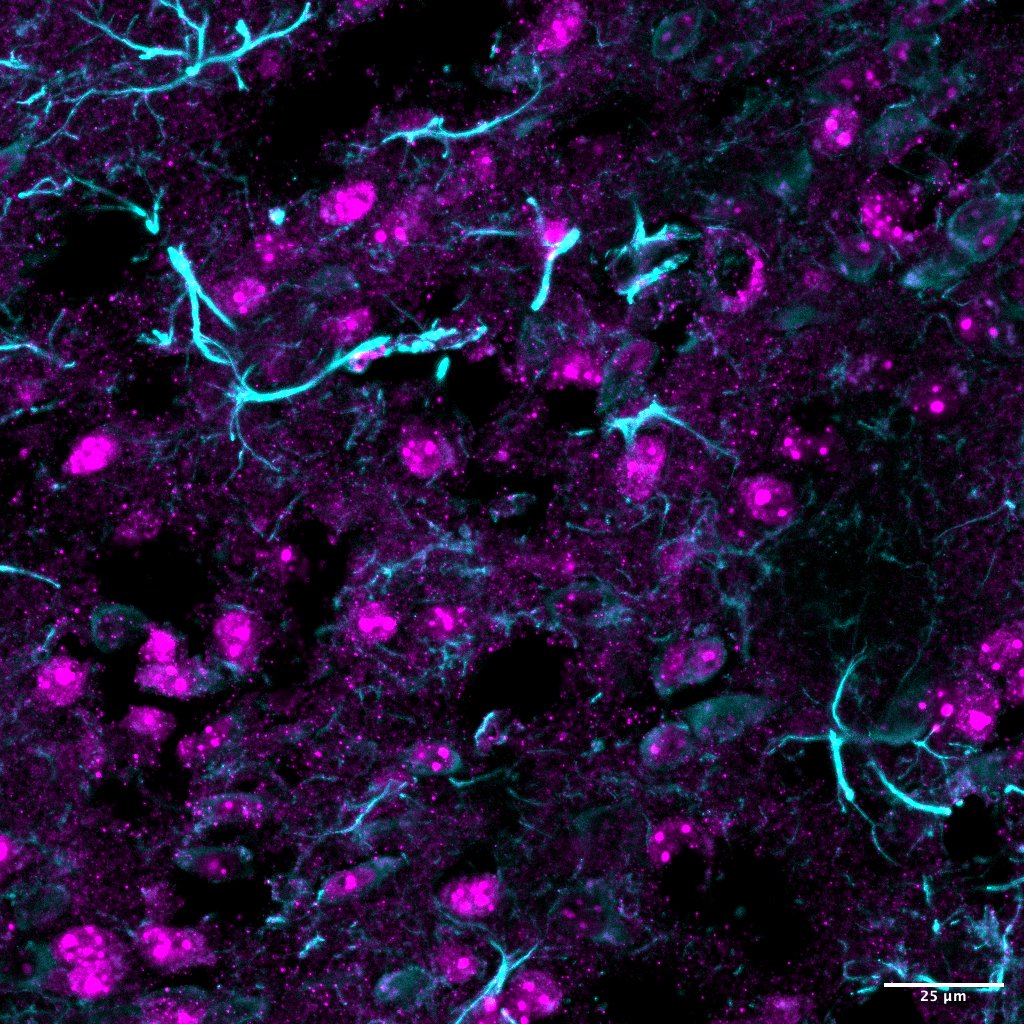 |
FH Xin (Verified Customer) (01-23-2022) | Although there are some non specific bands, there is a major band at the expected 50 kD.
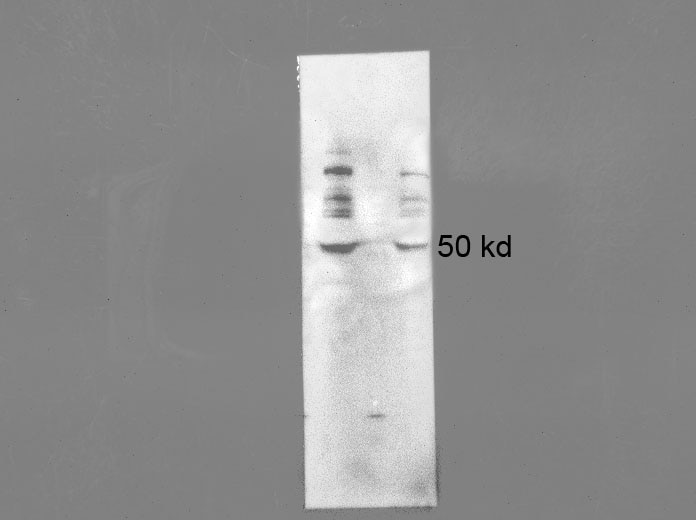 |

